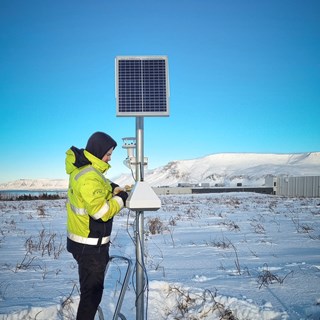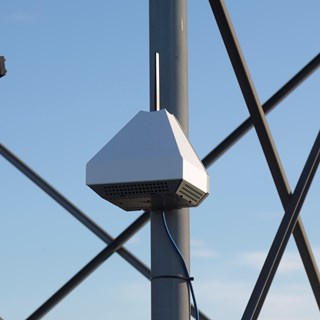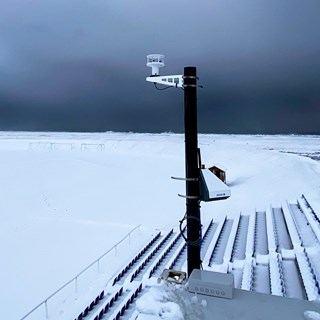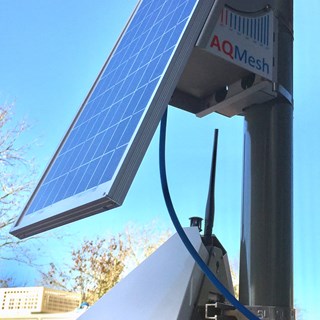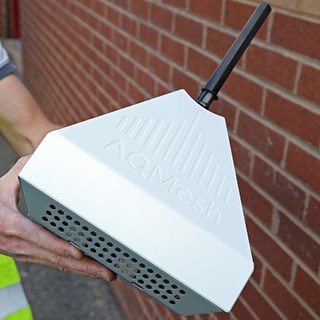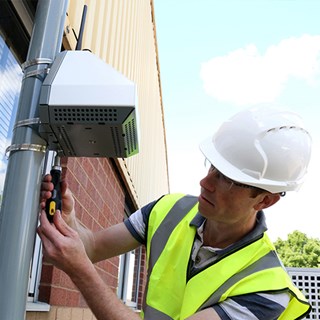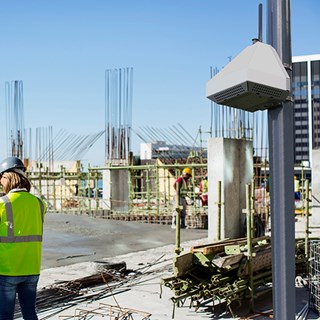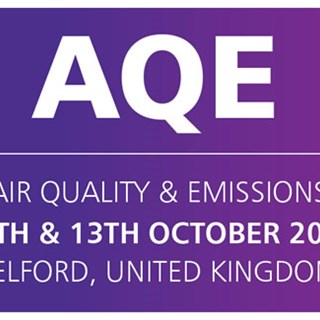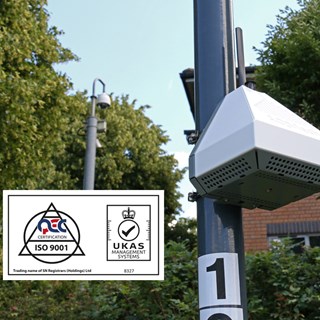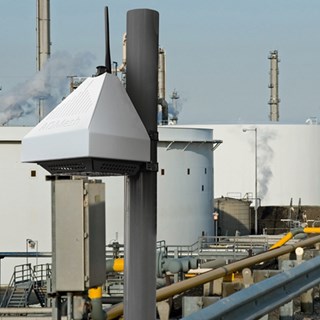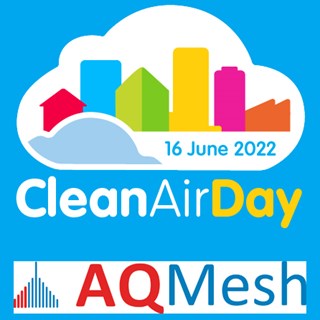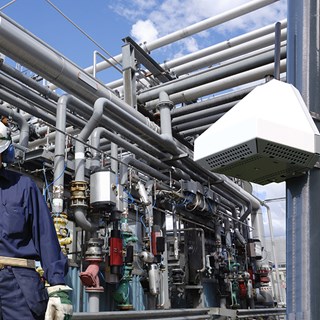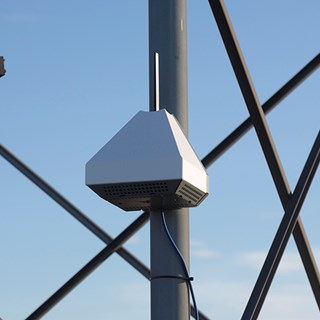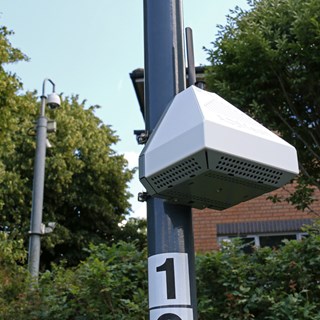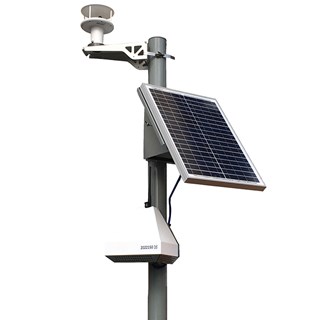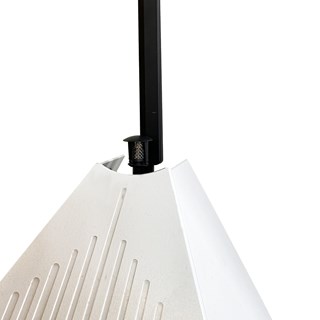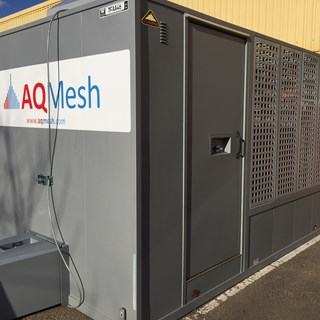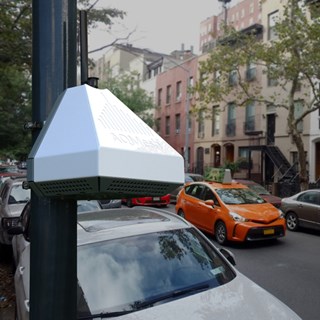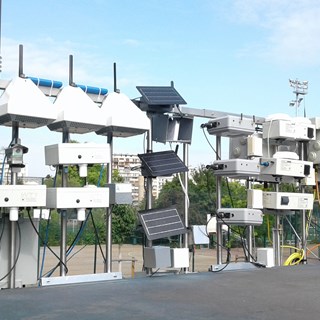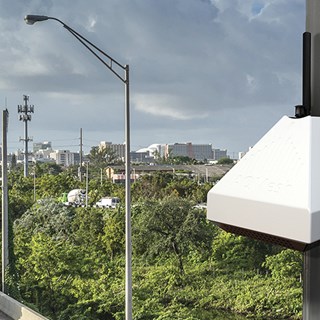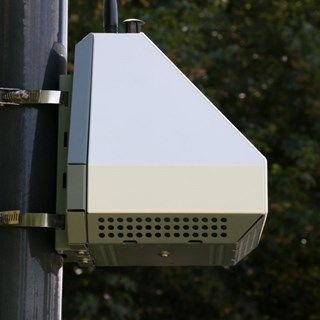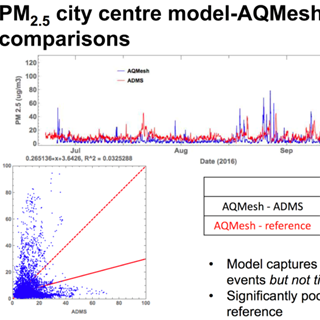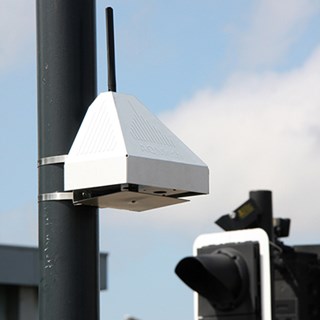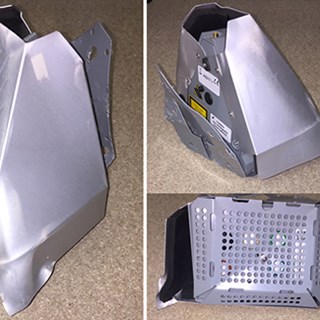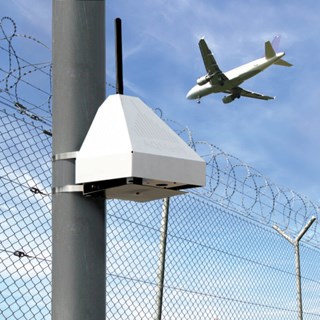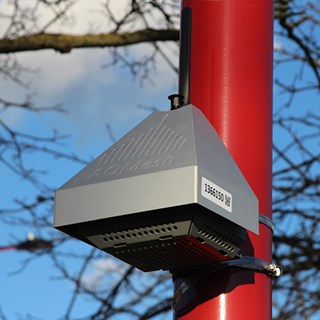Each time we think we have found a spectacularly remote monitoring location, an even more inaccessible spot is reported by one of our users. Full-day trips to visit a location have now been beaten by customers who need to charter a plane to reach them. So, remote diagnostics and support are very important.
Read MoreThere’s no doubt that small sensor systems can have an advantage over their cumbersome reference station cousins - in terms of maintenance requirements. We are often asked about ‘service’ requirements for our pods and the honest answer is that the default position, in normal working conditions, is ‘none’. However ..
Read MoreWe are often asked by customers whether AQMesh can operate in cold conditions. Long-term use at temperatures well below freezing, with ice and snowfall, is indeed challenging. Cold weather operation has been key to AQMesh – improved upon and proven in the field – for over 10 years. The main features, described below, have been most recently been put to the test in Iceland.
Read MoreAutonomous power can make all the difference in hyper-local air quality monitoring. With particulate matter sampling needing a little more power than passive gas sensors, solar is the go-to power option, rather than internal battery. Most systems require sufficiently little energy that they can be powered by a relatively small solar panel, but it’s the back-up power management that makes all the difference.
Read MoreWe know from our customers that they are often monitoring for a particular project, although some are monitoring on an ongoing basis. So why do they always want to buy equipment rather than rent it?
Read MoreTo illustrate this point, we can tell the story of 16 pods used in Bangladesh, Pakistan, Vietnam, Philippines and Mongolia. AQMesh was chosen for this project, funded by an international bank, coordinated by an international consultancy and procured through a UK distributor.
Read More2023 is set to be a big year for AQMesh’s monitoring of particulate matter, with developments in both hardware and data processing offering improved accuracy across key PM fractions.
Read MoreAQMesh will be exhibiting at the Air Quality & Emissions show in Telford on 12th & 13th October 2022, which this year is running as a live and virtual event. Focussing on air quality and emissions monitoring services, technology and instrumentation, the show offers a variety of industry experts all under one roof, including AQMesh at stand D10.
Read MoreEnvironmental Instruments Ltd, the company which manufactures AQMesh, is delighted to announce it is now ISO9001:2015 certified. ISO9001:2015 is the standard which confirms a business is using its quality management system and processes effectively and consistently to meet the requirements of its customers.
Read More2022 marked 10 years of innovation and leadership from AQMesh. To highlight the team’s experience, ongoing forward-thinking and its commitment to pushing the capabilities of small sensor systems, here are the top 10 things AQMesh developed first and refined since it commercially launched in 2012.
Read MoreAQMesh is currently being used in a number of air quality monitoring initiatives by a range of users. Across the UK, for which today is its annual Clean Air Day campaign, there are a number of pods deployed outside schools, being used by ambulance services, installed at metal foundries and at railway stations.
Read MoreMany small sensor air quality monitoring systems cannot reliably measure coarse particulate matter, or PM10, because of the technology they use. AQMesh’s proprietary optical particle counter (OPC) delivers high out-of-the-box accuracy across all key particle matter (PM) fractions thanks to its bespoke, in-house design.
Read MoreAQMesh is one of three winners of the Air Quality & Sport Challenge, an initiative by ThinkSport whose aim is to create solutions to help sport organisations tackle climate change.
Read MoreAQMesh has been commercially available since 2012 – making it the most proven and relied upon small sensor system on the market. During the last ten years, the team at AQMesh has never stood still by continuously improving the design and functionality of the product in response to the many challenges that localised air quality monitoring has presented around the globe.
Read MoreAQMesh is now being supplied and supported directly in the UK, as a positive step towards providing fast, direct manufacturer support. The UK-based manufacturer has already been supporting global users directly since the product first launched ten years ago and is now extending that same support to UK customers.
Read MoreData collected as part of the UKRI SPF Clean Air Program has proven that AQMesh out-of-the-box performance for PM2.5 exceeds new US EPA targets, with excellent results for PM1 and PM10 as well.
Read MoreAQMesh has announced this week that all new pods will receive a free 5-year manufacturer’s warranty, as opposed to the standard 12-month guarantee. The new 5-year pod warranty underpins years of proven product quality.
Read MoreThe new AQMesh LTE CAT M1 modem uses the latest LTE (Long Term Evolution) communications standard, including support for NB-IoT (machine-to-machine).
Read MoreSmall sensor air quality monitoring devices can be mounted flexibly, offering localised air quality information and data analysis, but they vary in what they can measure, how accurately they measure it, and how readings are accessed by users. Critically they also vary in terms of the reliability of data delivery.
Read MoreRefinement and development of the AQMesh small sensor air quality monitoring system over many years, and through numerous global co-location comparisons, brings a wealth of unique benefits.
Read MoreThe small sensor air quality monitoring world has moved on during the last three years and we have identified several new challenges and benefits relating to the continual development of air quality monitoring technology.
Read MoreThe results of the 2019 AIRLAB Microsensors Challenge* were revealed in Paris on 21st January and AQMesh was awarded the highest score for accuracy of all products presented for monitoring of outdoor air quality.
Read MoreWhilst not the only AQMesh pods still in regular use since the product was commercially launched in 2013, two AQMesh pods are still in use in Spain and demonstrate the long life of this small sensor air quality monitoring system.
Read MoreAQMesh is now able to offer CO2 and H2S within its range of gas options for local air pollution monitoring. The NDIR CO2 sensor, which can be offered within a single AQMesh pod alongside five other gases out of NO, NO2, O3, CO, SO2 or H2S, as well as PM1, PM2.5, PM10, temperature, pressure and humidity, has been developed to deliver a higher performance than those typically used for indoor air quality monitoring.
Read MoreAQMesh was selected to be included in the 2017 Parliamentary Review as an industry leader within the environmental technology sector.
Read MoreAt the IAPSC in May 2017, Professor Rod Jones of the University of Cambridge presented his case study on large scale deployment of sensors, which included showing how AQMesh can be used to discriminate between local sources of pollution and regional sources of pollution.
Read MoreLeading small sensor air quality monitor, AQMesh, has recently been shown to work alongside passive samplers and air quality models, as well as complementing reference station networks.
Read MoreAn AQMesh pod used in the recent Citi-Sense project in Norway was returned to us at the end of the project, and we were surprised at the condition.
Read MoreA new generation of air quality monitors is now being offered to provide localised, real-time air quality readings – but the potential benefit is only just starting to be realised.
Read MoreThe emergence of sensors capable of measuring the gases and particles that make up air pollution, especially in cities and industrial areas, has driven many academic studies which evaluate the sensors and compare performance against reference methodology.
Read MoreAQMesh has an impressive collection of global users and performance results measuring ambient air quality in applications ranging from traffic planning and urban hotspots to industrial fence line monitoring.
Read More
